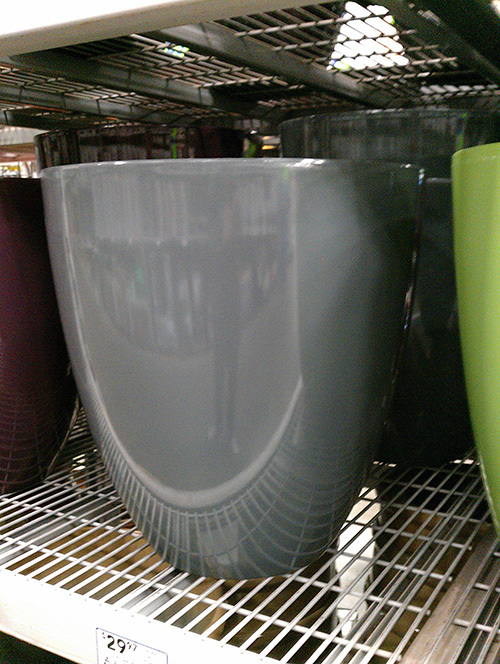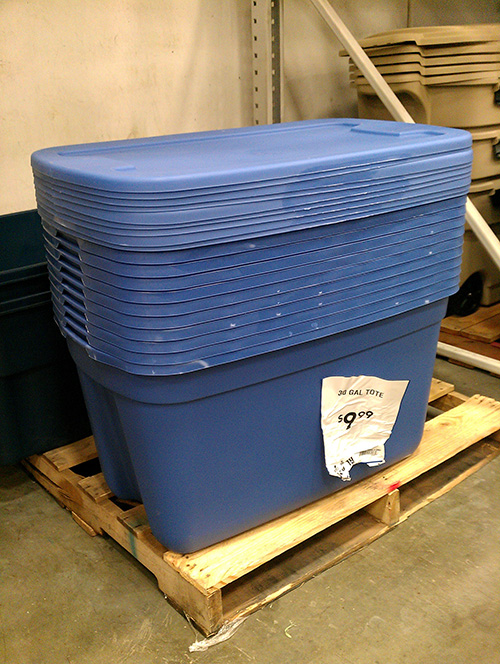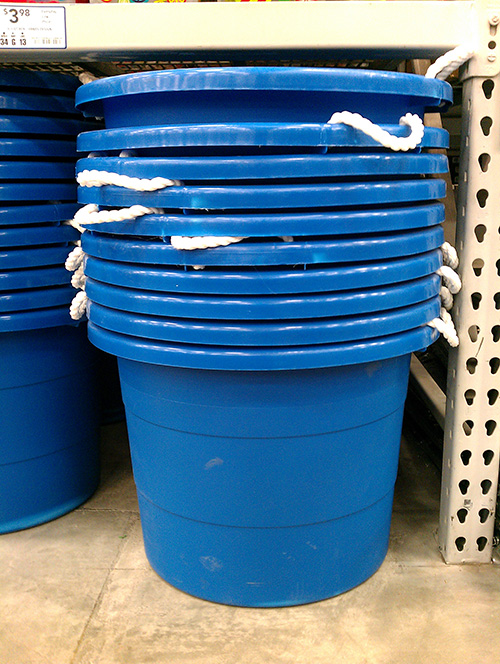Zulu
Well-Known Member
Year 3 of my hops project and I see so many repeat questions being asked. This is aimed at year one mainly.
1) Don't expect too much in year one, hops require 3 full growing seasons to stabilize to their full potential. If you get some cones in year one consider them a bonus
2) Planting requires a well drained soil with lots of goodness, they are gross feeders, heaped and or raised beds are definitely something you should consider.
3)New Rhizomes can be kept in a cold fridge for a very long time if you are not ready to plant, they should be sealed in a damp (not wet) baggie, I use a small piece of paper towel in a ziplock bag. I have successfully planted a year old rhizome.
4) Watering is one of the most important parts of successful hop growing, when young - first year- dont over water until you have 2 ft of growth, they need to build roots and stressing the plants will help them put out deeper and bigger roots. Allow the surface to dry out between waterings -if dry below 3" deep then they will need water. In the heat of summer an under watered plant will wilt, but can be revived easily with a good watering. DONT water too much until at least June / July when you have 2-3ft of growth. (not for later years- then you need plenty water)
5) If planting directly into newly prepared soil, plant at a depth of about 1-2" (deeper is not an issue but takes longer to break surface), I dig a hole , add a handful of potting soil, add the rhizome after dusting with rooting hormone, cover it with a second handful of potting soil and add soil to a mound over the surface, I then tramp it all down into a basin for water to gather in, compacting the soil helps the plants get established as roots do better in soil than air. I then cover the basin with mulch to retain moisture.
6) Bugs more than animals are your most likely enemies in these early days, companion planting - Marigolds are wonderful - they keep aphids away and if there are plant eating insects they will chomp on the Marigolds first. Rabbits , Ground Hogs and even squirrels (digging up plants) can sometimes be an issue. Mixed reviews about deer, some people say they have eaten their hops, but all around me and on our farm deer leave the hops be , have seen them eating grass right next to our hops.
7) Food - compost is great, try and put some down each season, for other feeding I use both Miraclegro and a balanced 10:10:10 fertilizer. I do this about every 3-4 weeks until cones start. Get a soil test done, local extension service usually offer a free service for this, Lowes and home Depot also sell a cheap test kit which will give you the basic idea too. Hops like Neutral soil, and require lots of Nitrogen in early growth , and phos later when cones set.
8) Cutting back- we could not find any commercial advice on this, but a horticulturist friend suggested leaving all greenery year one to promote root growth, we did and still got cones. Year two was gangbusters with early out the ground strong growth. Now we train 2-3 bines per rope and pull and cut out all other growth. Also cutting off leaves below 12".
9) Mark your plants - within a few weeks you will have forgotten what they are, also mark them well at season end as there is almost no evidence of where they are in winter
10) At end of season after frost kills them off, cut off the bines leaving only 1/2" -1" above ground, you will see the new shoots on the stems , dont cut all of these off.
11) Know what hop roots look like - they are like thin light brown carrots and are just below the surface , so careful when weeding.
I will add more later.
1) Don't expect too much in year one, hops require 3 full growing seasons to stabilize to their full potential. If you get some cones in year one consider them a bonus
2) Planting requires a well drained soil with lots of goodness, they are gross feeders, heaped and or raised beds are definitely something you should consider.
3)New Rhizomes can be kept in a cold fridge for a very long time if you are not ready to plant, they should be sealed in a damp (not wet) baggie, I use a small piece of paper towel in a ziplock bag. I have successfully planted a year old rhizome.
4) Watering is one of the most important parts of successful hop growing, when young - first year- dont over water until you have 2 ft of growth, they need to build roots and stressing the plants will help them put out deeper and bigger roots. Allow the surface to dry out between waterings -if dry below 3" deep then they will need water. In the heat of summer an under watered plant will wilt, but can be revived easily with a good watering. DONT water too much until at least June / July when you have 2-3ft of growth. (not for later years- then you need plenty water)
5) If planting directly into newly prepared soil, plant at a depth of about 1-2" (deeper is not an issue but takes longer to break surface), I dig a hole , add a handful of potting soil, add the rhizome after dusting with rooting hormone, cover it with a second handful of potting soil and add soil to a mound over the surface, I then tramp it all down into a basin for water to gather in, compacting the soil helps the plants get established as roots do better in soil than air. I then cover the basin with mulch to retain moisture.
6) Bugs more than animals are your most likely enemies in these early days, companion planting - Marigolds are wonderful - they keep aphids away and if there are plant eating insects they will chomp on the Marigolds first. Rabbits , Ground Hogs and even squirrels (digging up plants) can sometimes be an issue. Mixed reviews about deer, some people say they have eaten their hops, but all around me and on our farm deer leave the hops be , have seen them eating grass right next to our hops.
7) Food - compost is great, try and put some down each season, for other feeding I use both Miraclegro and a balanced 10:10:10 fertilizer. I do this about every 3-4 weeks until cones start. Get a soil test done, local extension service usually offer a free service for this, Lowes and home Depot also sell a cheap test kit which will give you the basic idea too. Hops like Neutral soil, and require lots of Nitrogen in early growth , and phos later when cones set.
8) Cutting back- we could not find any commercial advice on this, but a horticulturist friend suggested leaving all greenery year one to promote root growth, we did and still got cones. Year two was gangbusters with early out the ground strong growth. Now we train 2-3 bines per rope and pull and cut out all other growth. Also cutting off leaves below 12".
9) Mark your plants - within a few weeks you will have forgotten what they are, also mark them well at season end as there is almost no evidence of where they are in winter
10) At end of season after frost kills them off, cut off the bines leaving only 1/2" -1" above ground, you will see the new shoots on the stems , dont cut all of these off.
11) Know what hop roots look like - they are like thin light brown carrots and are just below the surface , so careful when weeding.
I will add more later.




